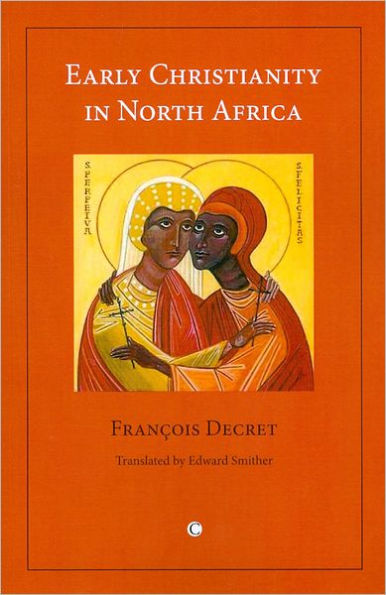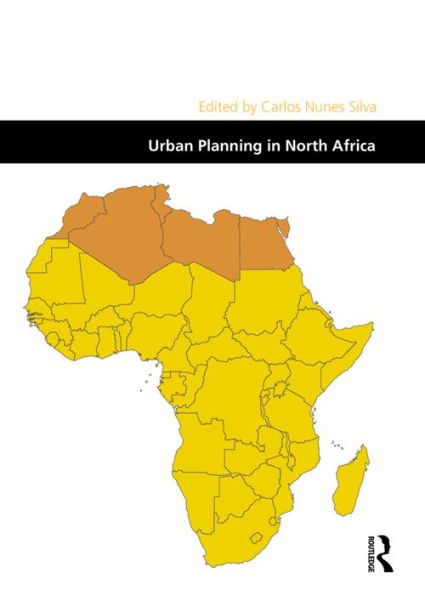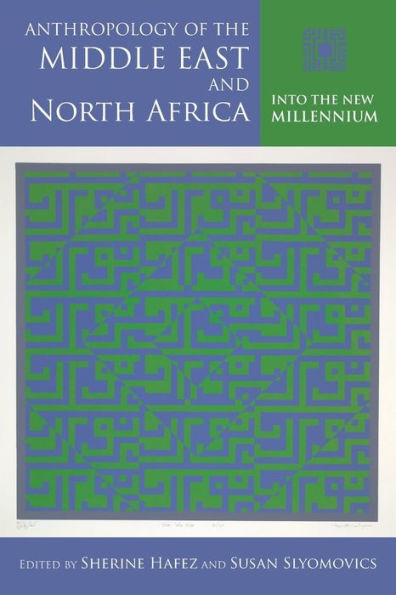Home
Romancing the Real: Folklore and Ethnographic Representation in North Africa
Barnes and Noble
Loading Inventory...
Romancing the Real: Folklore and Ethnographic Representation in North Africa in Franklin, TN
Current price: $95.00

Barnes and Noble
Romancing the Real: Folklore and Ethnographic Representation in North Africa in Franklin, TN
Current price: $95.00
Loading Inventory...
Size: OS
One of the goals of the "new" or experimental ethnography is to illuminate the unique historical, social, and political situation of a people from their own multifaceted perspectives. As part of the effort to reach this goal, ethnographers are learning to listen in various keys to what members of society under study have to say about themselves and about their place in the world.
In
Romancing the Real
, Sabra J. Webber argues that folklore—traditional aesthetic culture—is of central importance to the new ethnography. It is by becoming cultured in a people's traditional art forms that the ethnographer can come closest to an unmediated hearing of the individual voices of community members and to an understanding of how community "affect" is shaped and shared rhetorically. She contends that traditional verbal art does more than reflect a culture from its members' points of view: it is one of the means by which members comment upon change and recreate their culture. It is also a powerful resource through which they respond to the ethnographer and what the ethnographer represents.
Drawing on over five years of field research conducted between 1967 and 1987 in Kelibia, a town on the northeastern coast of Tunisia, Webber offers insights into the community gained through the study of its folk communicative resources and especially through study of the hikayah, a colloquial Arabic verbal art genre that resembles the western genres of local history or personal experience narrative. She demonstrates that Kelibians draw upon hikayat to cope creatively with both the destabilizing and the energizing facets of centuries of frequent, rarely controlled or invited, contact with outsiders. She finds that older community members use the art form to romance (not romanticize) their town and thus address important communal issues like colonialism. Webber discusses a marginalized town in the context of a marginalized discipline, folklore; an often devalued language, colloquial Arabic; and a frequently underestimated cultural domain, "affect," to demonstrate that a re-perception of each can yield rich insights into the centripetal forces that supposedly powerless communities can draw upon for empowerment.
In
Romancing the Real
, Sabra J. Webber argues that folklore—traditional aesthetic culture—is of central importance to the new ethnography. It is by becoming cultured in a people's traditional art forms that the ethnographer can come closest to an unmediated hearing of the individual voices of community members and to an understanding of how community "affect" is shaped and shared rhetorically. She contends that traditional verbal art does more than reflect a culture from its members' points of view: it is one of the means by which members comment upon change and recreate their culture. It is also a powerful resource through which they respond to the ethnographer and what the ethnographer represents.
Drawing on over five years of field research conducted between 1967 and 1987 in Kelibia, a town on the northeastern coast of Tunisia, Webber offers insights into the community gained through the study of its folk communicative resources and especially through study of the hikayah, a colloquial Arabic verbal art genre that resembles the western genres of local history or personal experience narrative. She demonstrates that Kelibians draw upon hikayat to cope creatively with both the destabilizing and the energizing facets of centuries of frequent, rarely controlled or invited, contact with outsiders. She finds that older community members use the art form to romance (not romanticize) their town and thus address important communal issues like colonialism. Webber discusses a marginalized town in the context of a marginalized discipline, folklore; an often devalued language, colloquial Arabic; and a frequently underestimated cultural domain, "affect," to demonstrate that a re-perception of each can yield rich insights into the centripetal forces that supposedly powerless communities can draw upon for empowerment.
One of the goals of the "new" or experimental ethnography is to illuminate the unique historical, social, and political situation of a people from their own multifaceted perspectives. As part of the effort to reach this goal, ethnographers are learning to listen in various keys to what members of society under study have to say about themselves and about their place in the world.
In
Romancing the Real
, Sabra J. Webber argues that folklore—traditional aesthetic culture—is of central importance to the new ethnography. It is by becoming cultured in a people's traditional art forms that the ethnographer can come closest to an unmediated hearing of the individual voices of community members and to an understanding of how community "affect" is shaped and shared rhetorically. She contends that traditional verbal art does more than reflect a culture from its members' points of view: it is one of the means by which members comment upon change and recreate their culture. It is also a powerful resource through which they respond to the ethnographer and what the ethnographer represents.
Drawing on over five years of field research conducted between 1967 and 1987 in Kelibia, a town on the northeastern coast of Tunisia, Webber offers insights into the community gained through the study of its folk communicative resources and especially through study of the hikayah, a colloquial Arabic verbal art genre that resembles the western genres of local history or personal experience narrative. She demonstrates that Kelibians draw upon hikayat to cope creatively with both the destabilizing and the energizing facets of centuries of frequent, rarely controlled or invited, contact with outsiders. She finds that older community members use the art form to romance (not romanticize) their town and thus address important communal issues like colonialism. Webber discusses a marginalized town in the context of a marginalized discipline, folklore; an often devalued language, colloquial Arabic; and a frequently underestimated cultural domain, "affect," to demonstrate that a re-perception of each can yield rich insights into the centripetal forces that supposedly powerless communities can draw upon for empowerment.
In
Romancing the Real
, Sabra J. Webber argues that folklore—traditional aesthetic culture—is of central importance to the new ethnography. It is by becoming cultured in a people's traditional art forms that the ethnographer can come closest to an unmediated hearing of the individual voices of community members and to an understanding of how community "affect" is shaped and shared rhetorically. She contends that traditional verbal art does more than reflect a culture from its members' points of view: it is one of the means by which members comment upon change and recreate their culture. It is also a powerful resource through which they respond to the ethnographer and what the ethnographer represents.
Drawing on over five years of field research conducted between 1967 and 1987 in Kelibia, a town on the northeastern coast of Tunisia, Webber offers insights into the community gained through the study of its folk communicative resources and especially through study of the hikayah, a colloquial Arabic verbal art genre that resembles the western genres of local history or personal experience narrative. She demonstrates that Kelibians draw upon hikayat to cope creatively with both the destabilizing and the energizing facets of centuries of frequent, rarely controlled or invited, contact with outsiders. She finds that older community members use the art form to romance (not romanticize) their town and thus address important communal issues like colonialism. Webber discusses a marginalized town in the context of a marginalized discipline, folklore; an often devalued language, colloquial Arabic; and a frequently underestimated cultural domain, "affect," to demonstrate that a re-perception of each can yield rich insights into the centripetal forces that supposedly powerless communities can draw upon for empowerment.

















